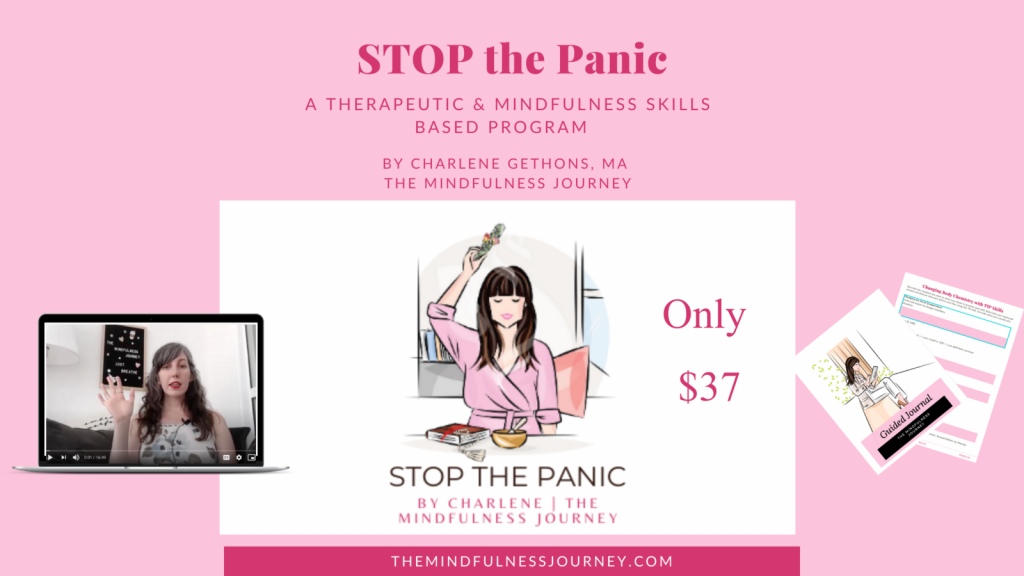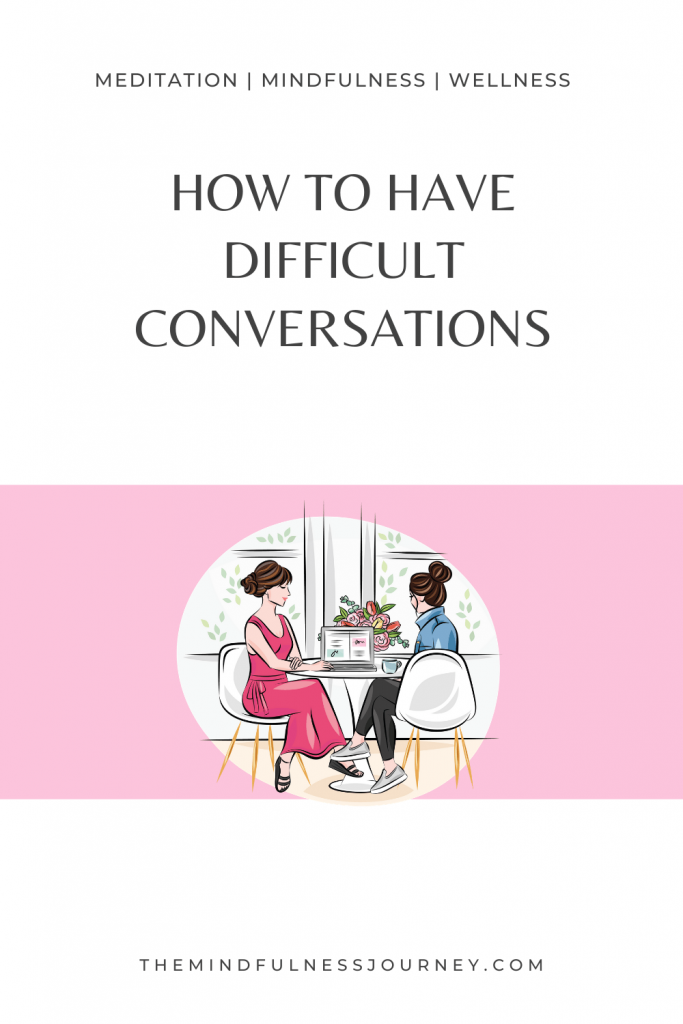
How to Have Difficult Conversations
Unfortunately, out of everything that is taught to use in school, how to have difficult conversations isn’t one of them. But it probably should be.

What is a difficult conversation?
The truth is that what might be a difficult conversation for me, might not be a difficult conversation for you. Ultimately, a difficult conversation is one that results in an emotional reaction.
Meaning that even the thought of having it can make you nervous.
Pretty much any conversation about politics, racism, heck even social distancing, mask wearing or vaccines can quickly turn into a difficult conversation.
Here’s an example. You’re with a friend, and they say something that makes you uncomfortable, what do you do? Do you say something? Or do you keep quiet?
Congratulations, you’re in the midst of a difficult conversation.
How to navigate a difficult conversation
Difficult conversations, while often about politics or race, can be about anything that elicits an uncomfortable feeling (or any other strong emotion) inside your body.
Like if someone tells you you’re privileged and unrelatable and you get angry and defensive. That’s a sign that you’re about to have a difficult conversation.
And these difficult conversations? They aren’t always with another person. In fact sometimes they shouldn’t be. At times you need to turn inward and ask yourself some hard questions. Asking yourself why you are upset and reflecting on the answer counts. You don’t have to literally be engaging with another person. Even reading a comment or an article that upsets you can lead to this kind of reflection.
So what do you do in these moments?
Well the first step, whether you are alone or with someone else is to STOP.

Because the first thing we need to do when some of these emotions start to rise up is to STOP and breathe before we decide how to proceed.
What happens if you don’t? Well, you run the risk of making things worse. Every time you’ve put your foot in your mouth, odds are pretty good that you didn’t STOP first.
I know, it’s easier said than done. It takes practice – sometimes lots of practice. This is a practice I teach often because of how powerful it is. I go into further detail on how to use the STOP practice with examples inside of STOP the Panic.

After you STOP, the next step is to reflect on what’s going on inside. As I like to say, if we don’t know what’s here, how can we work with what’s here. Another thing you will hear me say often is what yo resist, persists meaning that you can’t run from what’s going on inside.
So you get quiet and reflect on what’s coming up for you in this moment. Now, this reflection might not be easy. Difficult conversations involve strong emotions. Strong emotions are hard to sit with. But the thing is, we need to learn how to sit with these strong emotions. And mindfulness can help you to do this.
Difficult conversations, or even difficult and challenging moments, are made easier through the process of mindfulness meditation and learning how to sit with the pain and discomfort that is coming up.
Research suggests that when we gently turn towards pain and discomfort we can experience less of it. Staying present is different from trying to distract ourselves in these moments. Instead of avoiding or deflecting what’s going on inside we turn towards it and really look at it.
Not an easy thing to do, I know, but it’s something that I encourage you to start practicing.
When we turn towards this pain (because that’s what’s going on inside) we remove the resistance to it and you can learn how to stop getting caught up in negative stories and evasive reactions. You learn how to self-manage what’s going on so that the next time you are in a difficult conversation you can choose differently and maybe not make a bigger problem for yourself.
To work with me and to learn how to start to navigate difficult conversations with a little more grace and ease, I invite you to join me inside of STOP the panic. This 3 part workshop series with teach you skills based and mindfulness practices so that you know exactly what to do in these moments.






